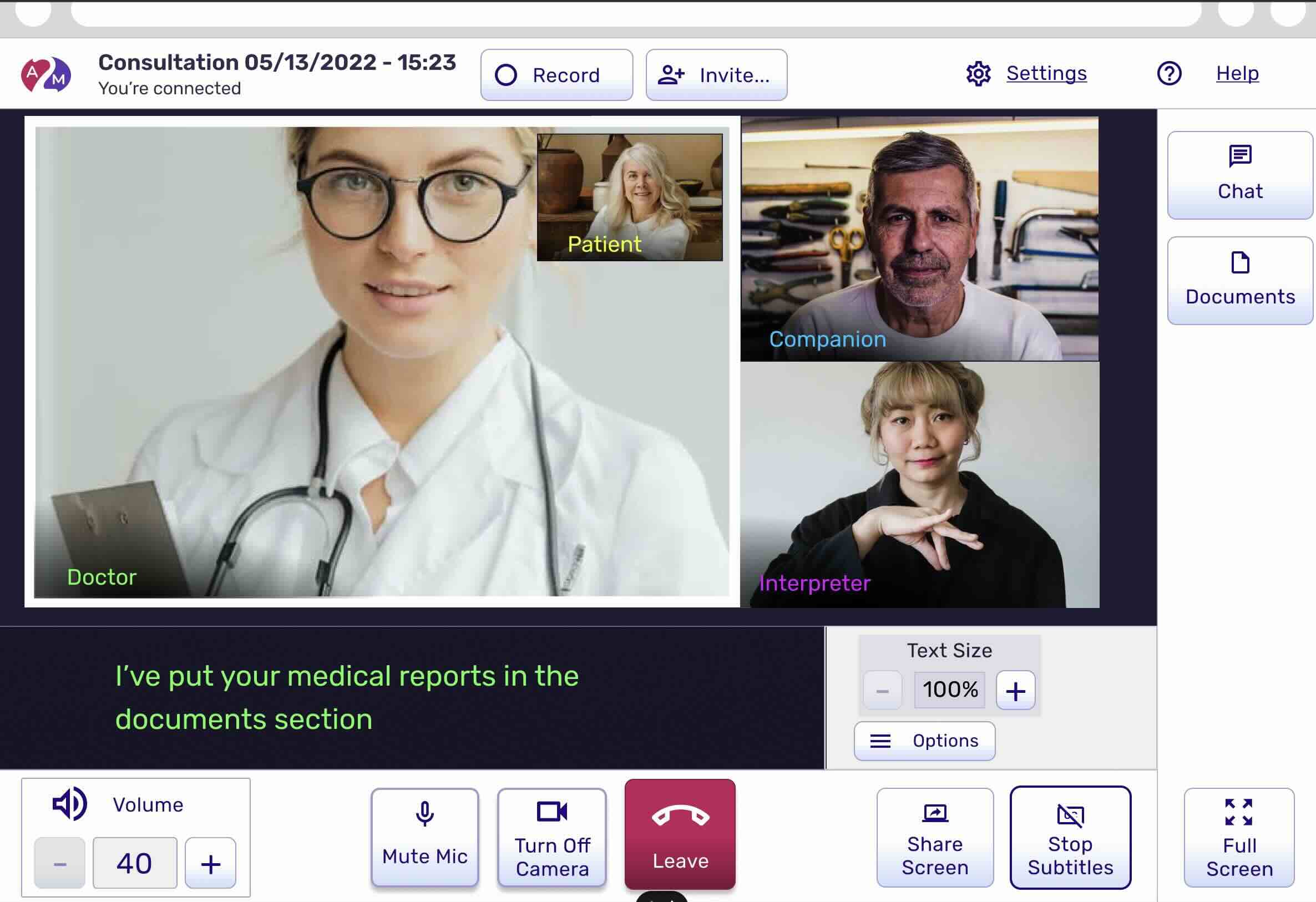Accessibility and UX for User Interfaces with Disabilities [HCI, NLP & IA]
Research and development of technologies supporting the design and development of accessible interfaces (websites, apps, among others), optimizing the user experience (UX). We have extensive experience in accessible technologies, ensuring they can be accessed and used by anyone, including those with disabilities. Part of our accessibility and disability experience has been enriched by our long collaboration with the Spanish Center for Subtitling and Audio Description, a centre under the Royal Board on Disability (Ministry of Social Rights and 2030 Agenda) led by Carlos III University of Madrid. Our experience covers various types of disabilities (visual, auditory, physical, intellectual, and seniors) and diverse application domains.
We follow approaches that combine, on the one hand, development in accordance with essential standards and regulatory frameworks and, on the other hand, people-centred designs that capture those interaction requirements not considered in the standards, using accessibility methods and HCI (Human-Computer Interaction).
We have extensive knowledge of accessibility standards (UNE, ETSI, ISO), such as the WCAG, UAAG, ATAG, COGA, and EN 301 549, among others. We work with more traditional HCI methods, such as user-centred designs, as well as co-design approaches, like Design Thinking and the Double Diamond model.
Highlighted Projects:
- Sensory and Cognitive Accessibility in the Communication and Management of Telematic and Telephone Services of the AGE (Access2Citizen)
- Cognitive and Sensory Accessibility to Videoconferencing Systems (Access2Meet )
- A Model-Based Framework for the Development of Accessible Services in e-Government (e-Gobernability)

